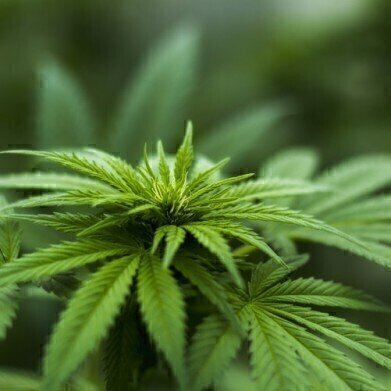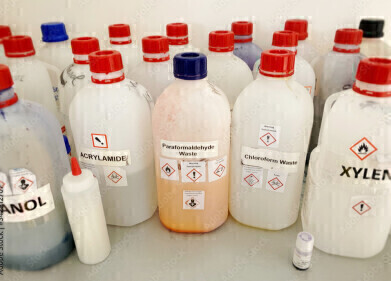Supercritical fluid (SFC), Green Chromatography
How is Cannabidiol Extracted from Cannabis? - Chromatography Investigates
Jan 20 2019
Medical cannabis seems to be everywhere. Mainstream media carries articles almost daily it seems, and high street shops sell all kinds of products that contain CBD - the magical ingredient. It is such big business that patents have been issued detailing new and innovative methods of extracting cannabidiol from cannabis. Let’s take a brief look behind all the hype, find out a few facts about CBD and see how it is extracted from hemp.
Knowing your THC from your CBD
Medicinal cannabis is not the same as the cannabis enjoyed by teens in their bedrooms. The difference is due to two compounds - THC and CBD. Briefly, cannabis is a genus, or group, of plants that belong to the same family called Cannabaceae. The plant is also known as hemp and has a long history of being used for hemp fibre, rope and oil. Its seeds and leaves have also been for food and medicines, particularly in Central Asia where it was originally found.
But until recently, cannabis was mainly known as a recreational drug with psychoactive properties. And this is where THC and CBD come into play. Cannabis plants contain over 80 compounds that can be classified as cannabinoids - which are the main active ingredients in cannabis plants. And rather like flower growers can breed plants with traits like red flowers, so cannabis growers can grow plants with traits like an increased THC - tetrahydrocannabinol - the psychoactive ingredient beloved of cannabis smokers, producing illegal plants for recreational drug use.
But ‘industrial’ hemp plants grown for other properties do not have a high THC concentration - usually less than 0.3% THC, the plant can be grown for their legitimate properties and one of those is the use of cannabinoids for medicinal purposes. One of the main non-psychoactive cannabinoids with medicinal properties is CBD - cannabidiol. CBD was discovered in the 1940s and has been shown to be effective in the treatment of anxiety, pain management and movement disorders.
Extracting cannabidiol from hemp
The two main methods used to extract CBD from hemp are ethanol and carbon dioxide, with ethanol also capable of removing some unwanted compounds like chlorophyll from the dried hemp. After the CBD has been extracted from the plant, it must be cleaned up using chromatography.
One of the main methods used is super fluid extraction chromatography, a technique discussed in these articles, Practical Strategies for Successful Scaling from UPC2 to Preparative SFC and Mass Balance Analysis for Batch CO2 Extraction of Hemp (Cannabis Sativa). After another reaction to remove acidic forms of CBD, it is ready to use as a medicine.
So, whether it’s for pain relief or reducing anxiety, chromatography could be helping you enjoy life just a little bit more.
Digital Edition
Chromatography Today - Buyers' Guide 2022
October 2023
In This Edition Modern & Practical Applications - Accelerating ADC Development with Mass Spectrometry - Implementing High-Resolution Ion Mobility into Peptide Mapping Workflows Chromatogr...
View all digital editions
Events
Apr 28 2024 Montreal, Quebec, Canada
May 05 2024 Seville, Spain
May 15 2024 Birmingham, UK
May 19 2024 Brno, Czech Republic
May 21 2024 Lagos, Nigeria














